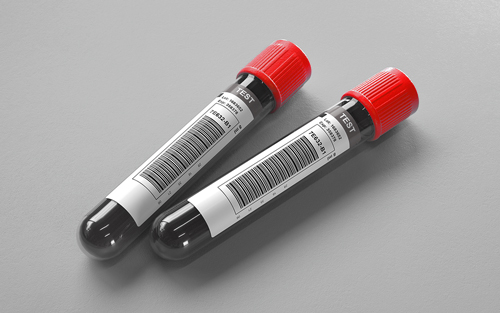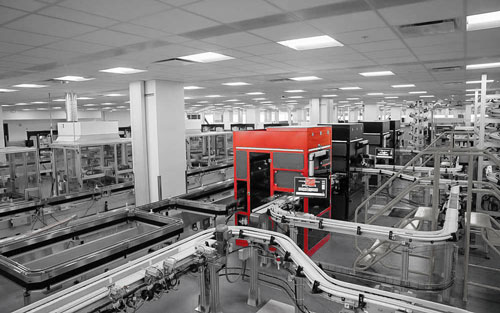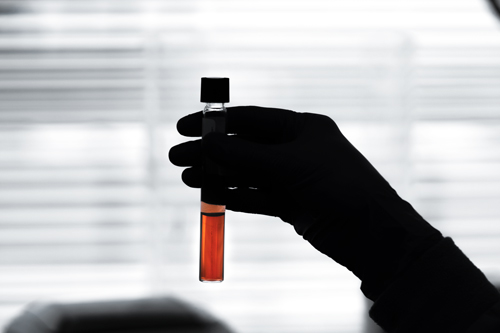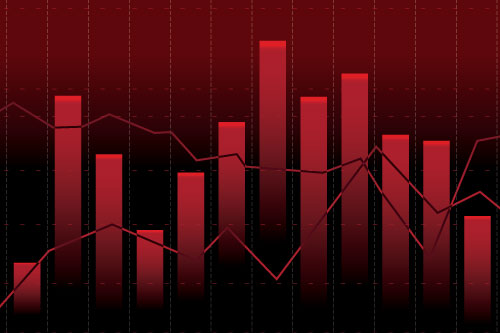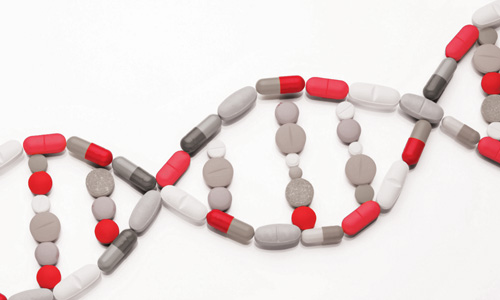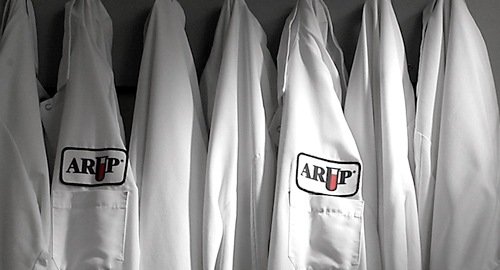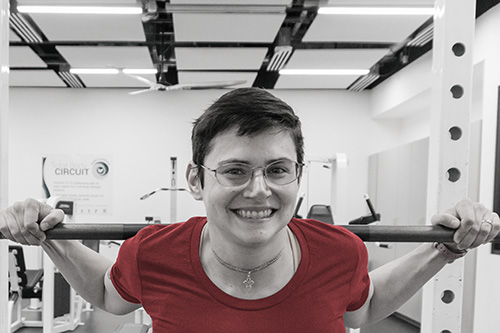Vanillylmandelic Acid (VMA) and Homovanillic Acid (HVA), Random Urine
Ordering Recommendation
Initial test for the diagnosis and monitoring of neuroblastoma.
New York DOH Approval Status
Specimen Required
Abstain from medications for 72 hours prior to collection.
Random urine.
Transfer 4 mL aliquot from a well mixed random collection to an ARUP standard transport tube. (Min: 1 mL)
Refrigerated.
Specimen types other than urine.
Ambient: Unacceptable; Refrigerated: 1 week; Frozen: 2 weeks
Methodology
Quantitative High Performance Liquid Chromatography-Tandem Mass Spectrometry
Performed
Sun, Tue, Wed, Thu, Fri, Sat
Reported
1-5 days
Reference Interval
| Test Number |
Components |
Reference Interval |
||||||||||
|---|---|---|---|---|---|---|---|---|---|---|---|---|
| Homovanillic Acid - ratio to CRT |
|
|||||||||||
| Vanillylmandelic Acid - ratio to CRT |
|
Interpretive Data
Vanillylmandelic acid (VMA) and homovanillic acid (HVA) results are expressed as a ratio to creatinine excretion (mg/g CRT). No reference interval is available for results reported in units of mg/L. Slight or moderate increases in catecholamine metabolites may be due to extreme anxiety, essential hypertension, intense physical exercise, or drug interactions. Significant increase of one or more catecholamine metabolites (several times the upper reference limit) is associated with an increased probability of a secreting neuroendocrine tumor.
Laboratory Developed Test (LDT)
Note
Moderately elevated HVA (homovanillic acid) and VMA (vanillylmandelic acid) can be caused by a variety of factors such as essential hypertension, intense anxiety, intense physical exercise, and numerous drug interactions (including some over-the-counter medications and herbal products).
Medications that may interfere with catecholamines and their metabolites include amphetamines and amphetamine-like compounds, appetite suppressants, bromocriptine, buspirone, caffeine, chlorpromazine, clonidine, disulfiram, diuretics (in doses sufficient to deplete sodium), epinephrine, glucagon, guanethidine, histamine, hydrazine derivatives, imipramine, levodopa (L-dopa, Sinemet), lithium, MAO inhibitors, melatonin, methyldopa (Aldomet), morphine, nitroglycerin, nose drops, propafenone (Rythmol), radiographic agents, rauwolfia alkaloids (Reserpine), tricyclic antidepressants, and vasodilators. The effects of some drugs on catecholamine metabolite results may not be predicable.
Hotline History
Hotline History
CPT Codes
83150; 84585
Components
| Component Test Code* | Component Chart Name | LOINC |
|---|---|---|
| 0020207 | Creatinine, Urine - per volume | 35674-1 |
| 0080398 | VMA and HVA Interpretation | 48767-8 |
| 0081305 | Homovanillic Acid - per volume | 59587-6 |
| 0081306 | Vanillylmandelic Acid - per volume | 9624-8 |
| 0081341 | Vanillylmandelic Acid - ratio to CRT | 30571-4 |
| 0081342 | Homovanillic Acid - ratio to CRT | 13760-4 |
Aliases
- 3-Methoxy-4-hydroxyphenyl acetic acid
- 4-Hydroxy-3-Methoxymandelic Acid
- 4-Hydroxy-3-methoxyphenylacetic acid
- HVA
- 3-methoxy-4-hydroxymandelic acid
- HVA and VMA
- 4-Hydroxy-3-methoxy-benzeneacetic acid
